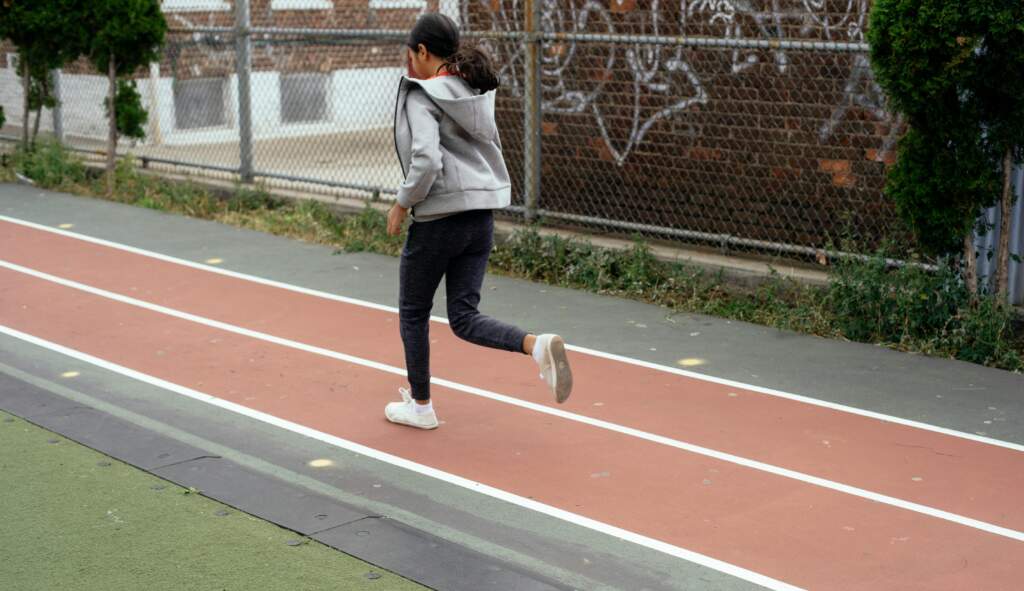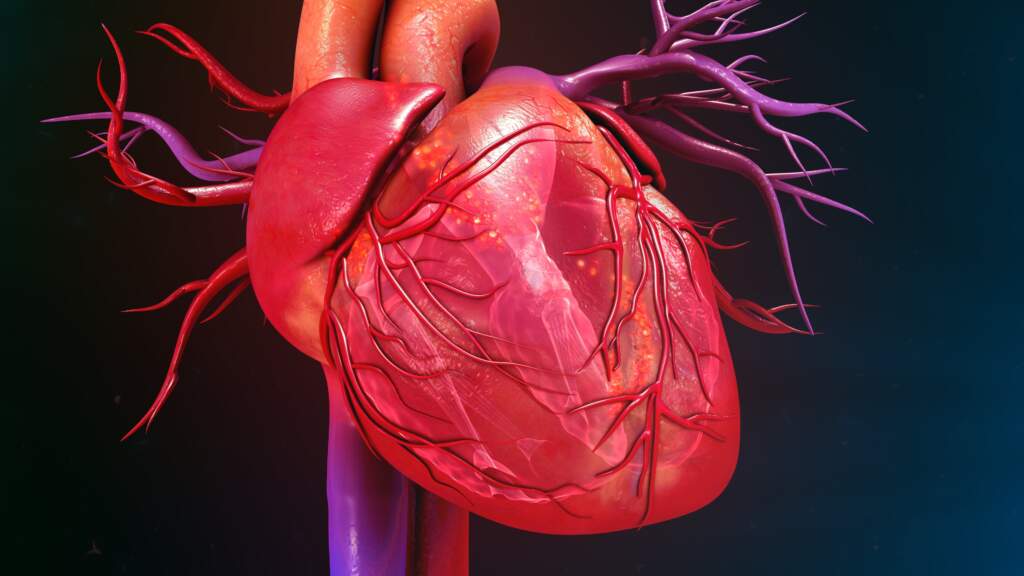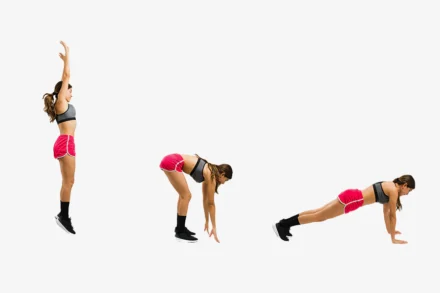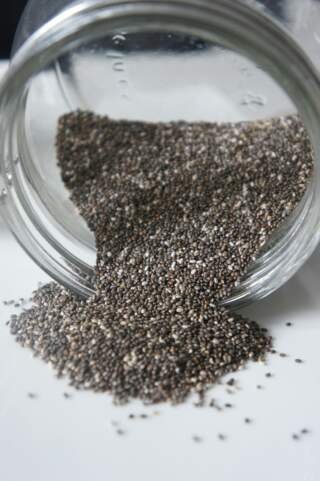
Walking or running – which is better for your health?– Walking and running provide several health benefits to the body for every person. Walking or running is a very important physical activity that can greatly affect human health
Both walking and running are excellent forms of cardiovascular exercise. These two exercises exercise the cardiovascular system of the body and greatly benefit heart activity. However, which one is best depends on your fitness level, health goals and cardiovascular health status.
Running is a good choice if you want your body to burn calories or lose weight quickly. But walking is a very simple and natural exercise that offers many benefits to your health
Some of its important advantages are:
# Prevention of heart disease: Regular walking and running helps prevent heart disease. It builds a natural immunity against the risk of heart disease.

# Weight control: Regular walking and running keeps the body in balance and burns a lot of calories, which helps in weight control.

# Improves mental health: Walking and running can reduce theoretical ruminations and thoughts from the mind. It is important for mental well-being and healthy functioning. Walking helps improve mental health by promoting mental well-being. It protects against mental weakness, regular walking and boosts the achievement of mental well-being through abundant biochemical means.
# Maintaining General Fitness: By walking you can maintain general fitness by increasing your physical activity. It depends on the body’s recently developed muscles and body weight by sequestering calories.

# Heart Health: Regular walking is very good for heart health. It helps reduce the risk of heart disease.
So, both walking and running can be used depending on your goals and primary purpose. Since you definitely want to burn calories and lose weight fast, running can be a good choice for you. However, maintaining a healthy weight by walking and maintaining general fitness is also a form of exercise
Benefits of Cardio in Human Body:
Walking and running are both aerobic cardiovascular or “cardio” exercises for weight loss when you lose weight. Some of the health benefits of cardio include:
This helps your body lose weight or maintain a healthy weight and increases body stamina.
Increases the immune system of the body
Helps prevent or manage chronic conditions
Strengthens your heart
Can extend your life
Cardiovascular exercise is also good for your mental health. One study found that just 30 minutes of moderate intensity exercise three times a week reduced anxiety and depression. It can also improve your mood and self-esteem.
Which is better, walking or running?

Walking can provide the same benefits as running. But running burns almost twice as many calories as walking.
Whether running or walking is better depends on your physical fitness. Both walking and running keep the body fit/healthy by reducing body fat and weight. But running burns twice as many calories as walking.
Walking is generally longer and more sustainable for most people because it is easier on the body and can be done daily without the risk of injury.
Running covers a greater distance in less time than walking
If you are short on time, running is an alternative to walking. It will burn your calories in no time.
Walking or running is the best exercise for fitness. This is something you can do consistently and safely, which aligns with your fitness goals. Many people find a combination of walking and running beneficial, depending on their schedule and physical condition. It can get your heart rate up and give you more energy overall.
Walking and running for weight loss

Brisk walking refers to a brisk walk, usually 3 miles or more. When you walk at a brisk pace, your heart rate will increase. This way more than when you walk at a normal pace
The body can burn calories.
Power walking:
Power walking is generally considered to be between 3 miles and 5 miles per hour, but some power walkers refer to speeds of 7 to 10 miles per hour. Power walking burns the same number of calories as running. For example, power walking at 4.5 mph for one hour means the same as jogging at 4.5 mph for one hour.
For an effective workout for your body, try speed training.
Usually increase your speed for two minutes at a time, then slow down again. Brisk walking doesn’t burn calories like running, but it will get your heart rate up, making it an effective workout to improve your fitness level.
Walking with normal weight
These are great suggestions for increasing your walking routine to burn calories or add resistance training benefits. Let’s discuss each option:
- Walking with a Weighted Vest:
- Benefits: Increases calorie burn and can improve muscular endurance and bone density due to the added weight.
- Safety Tip: It’s recommended to wear a vest that’s no more than 5 to 10 percent of your body weight to avoid strain or injury.
- Interval Walking:
- Description: Alternating between periods of higher intensity (faster walking or jogging) and lower intensity (normal walking or slower pace).
- Benefits: Boosts calorie burn, improves cardiovascular fitness, and can be more engaging than steady-state walking.
- Walking with Light Dumbbells:
- Description: Holding light dumbbells (1-3 pounds each) while walking.
- Benefits: Adds resistance to arm muscles, enhancing upper body strength and toning, while also potentially increasing overall calorie expenditure.
Considerations:
- Safety: Always prioritize safety. Start with lighter weights or shorter intervals and gradually increase intensity or duration as your fitness level improves.
- Variety: Mixing up your walking routine with these options can prevent boredom and challenge your body in different ways.
- Consultation: If you have any health concerns or conditions, it’s advisable to consult with a healthcare provider or fitness professional before starting a new exercise regimen.
By incorporating these variations into your walking routine, you can tailor your workouts to meet specific fitness goals such as weight loss, muscle toning, or overall cardiovascular health improvement.
Walking vs. running on inclines:
Incline walking involves walking uphill. It can burn the same number of calories as running. You burn more calories at an incline than simply walking on a flat surface.
Find a hilly area or walk on an incline on the treadmill. Increase 5, 10 or 15 percent at a time to practice incline walking. If you’re new to incline walking, you can start slowly and work up to a 15 percent incline.
Advantages and Disadvantages
Running is a great way to lose weight. But this is a high-impact exercise. High-impact workouts can be harder on your body than low-impact exercises like walking.
Over time, running can lead to common overuse injuries such as:
Stress fracture
Shin splint
ITB impingement syndrome
In fact, runners are at a much higher risk of exercise-related injuries than walkers. Walkers have an estimated 1 to 5 percent risk of injury, while runners have a 20 to 70 percent chance.
If you’re a runner, there are steps you can take to stay injury-free. Don’t increase your mileage too quickly and try to cross-train a few times a week. Or, try walking instead. Walking offers many of the health benefits of running without the same risk for injury.
Takeaway
Excellent cardiovascular exercises include walking and running. Aim for at least 150 minutes of moderate exercise per week for your health.
If you want to get your body in shape then walking will be a smart choice for you. And if you want to lose weight and burn calories, try running.












Leave a Comment